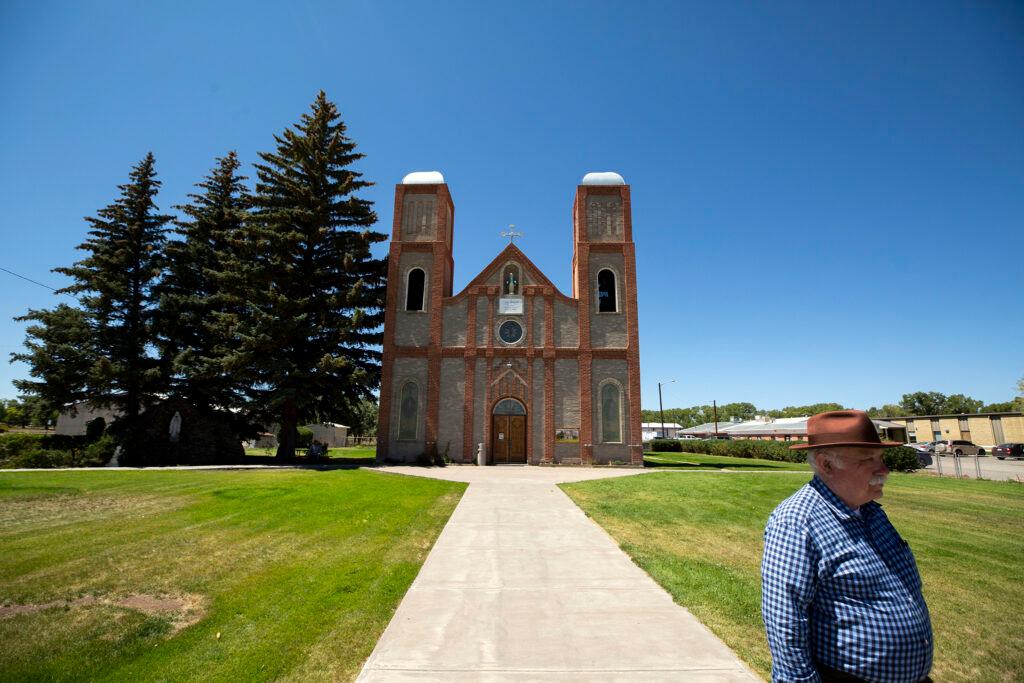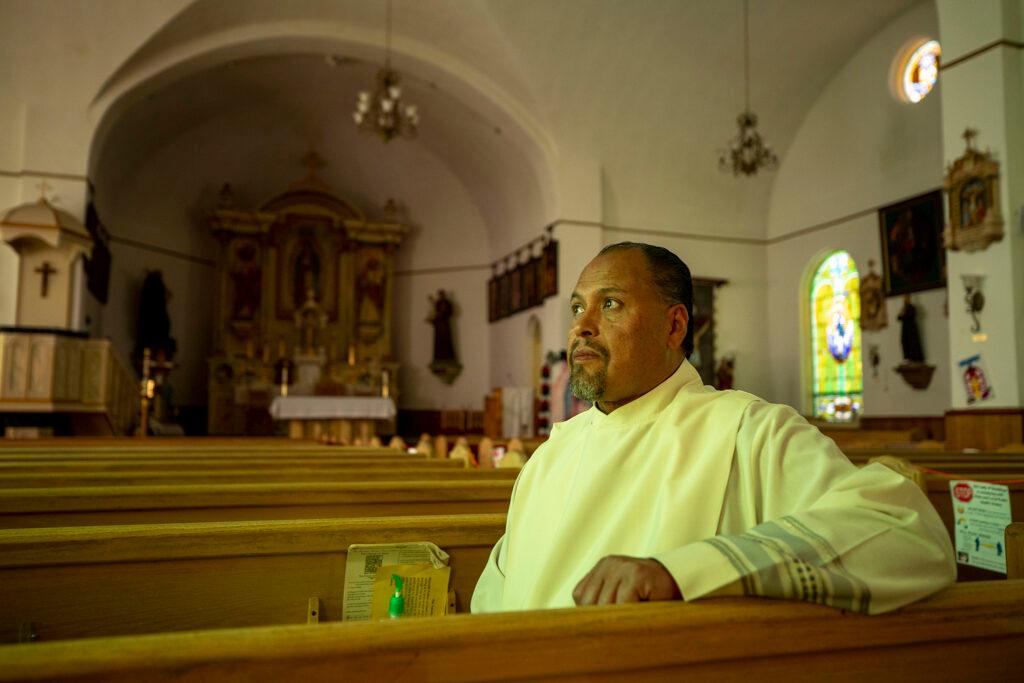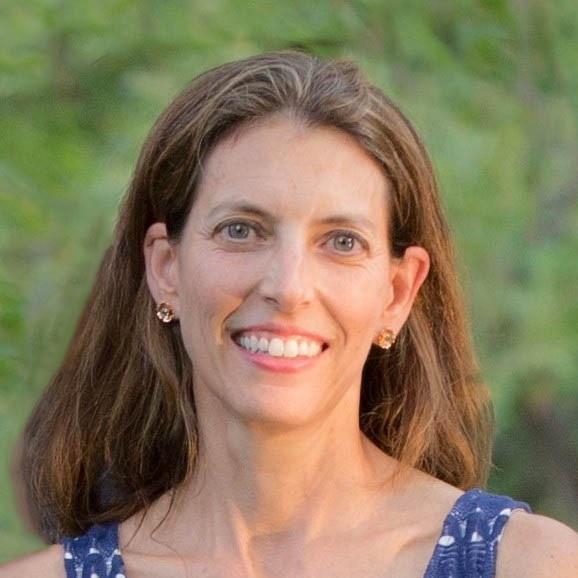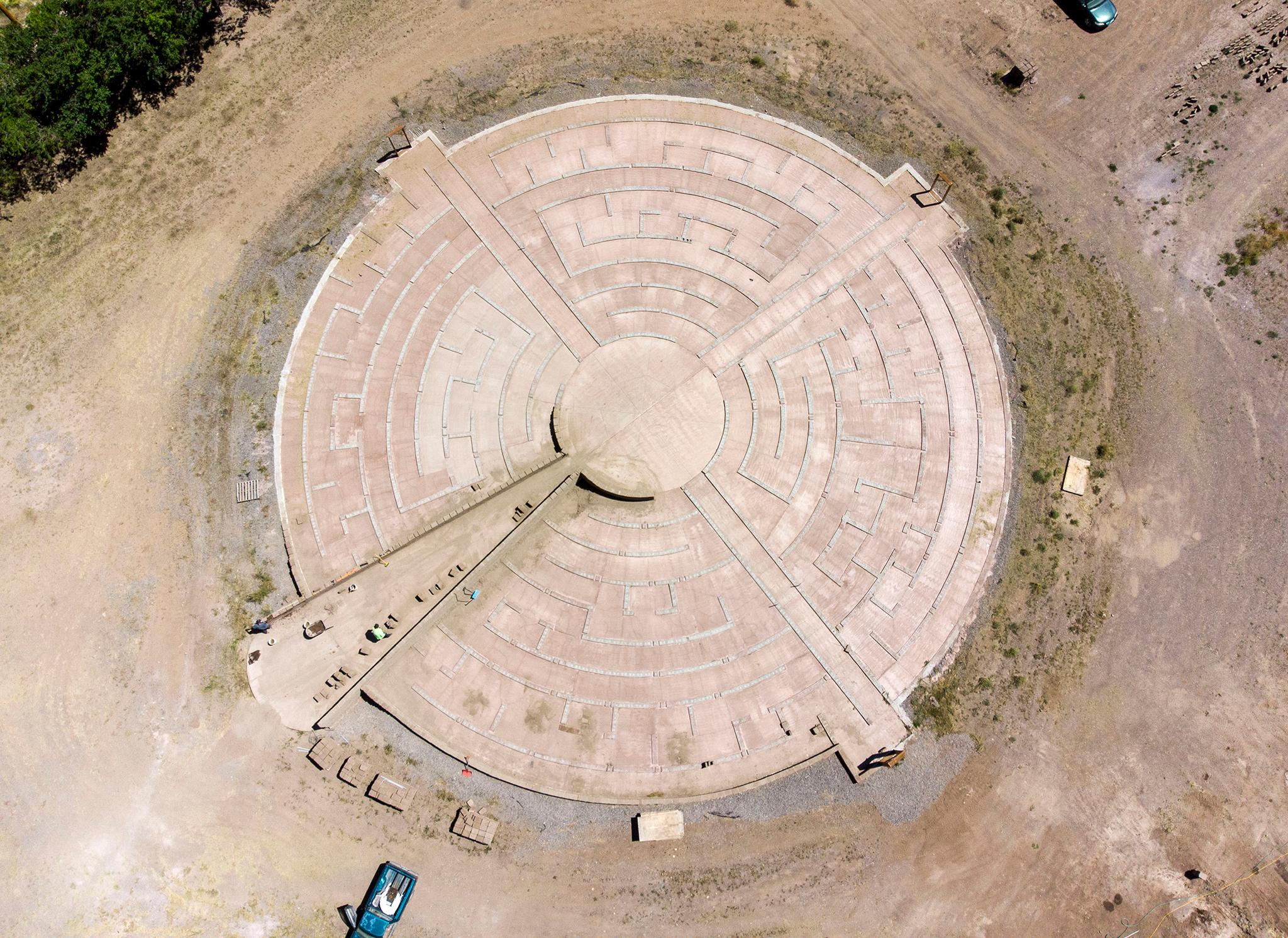
A plot of land at a historic church in Colorado’s San Luis Valley has been transformed into one of the largest adobe manufacturing sites in the world. At Our Lady of Guadalupe Church in Conejos, workers and volunteers have molded thousands of mud bricks that will form the walls of a giant prayer labyrinth.
El Santuario de los Pobladores will be one of the largest adobe buildings constructed in the 21st century, according to Ronald Rael, a native of the San Luis Valley who teaches architecture at the University of California-Berkeley.
“It’s a monumental endeavor that’s being taken on here,” Rael told Colorado Matters.
Rael designed the labyrinth with Virginia San Fratello.
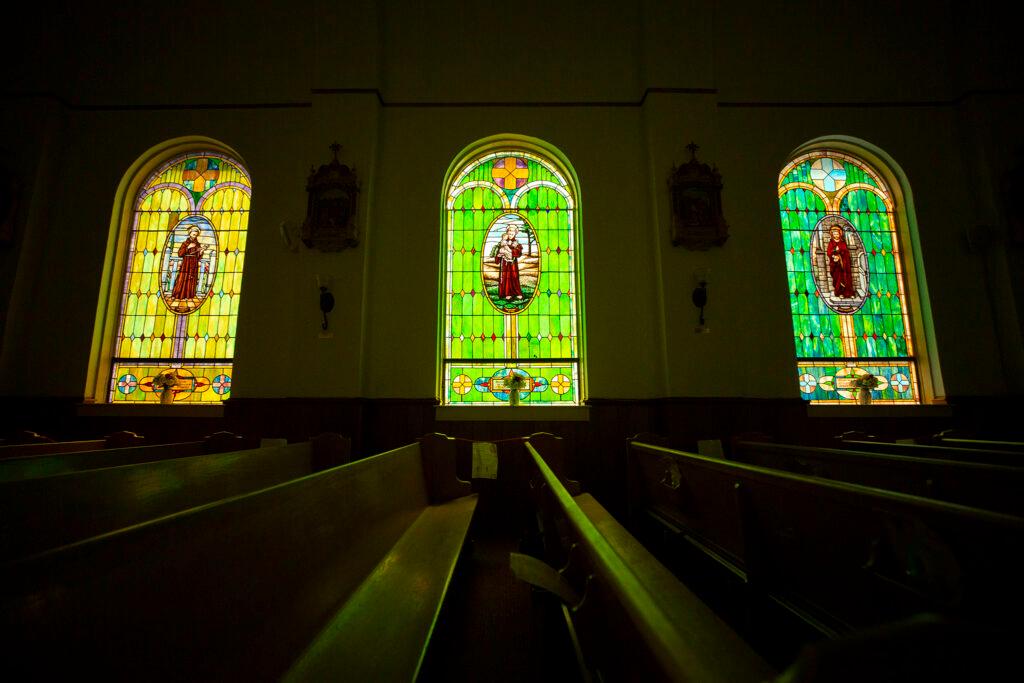
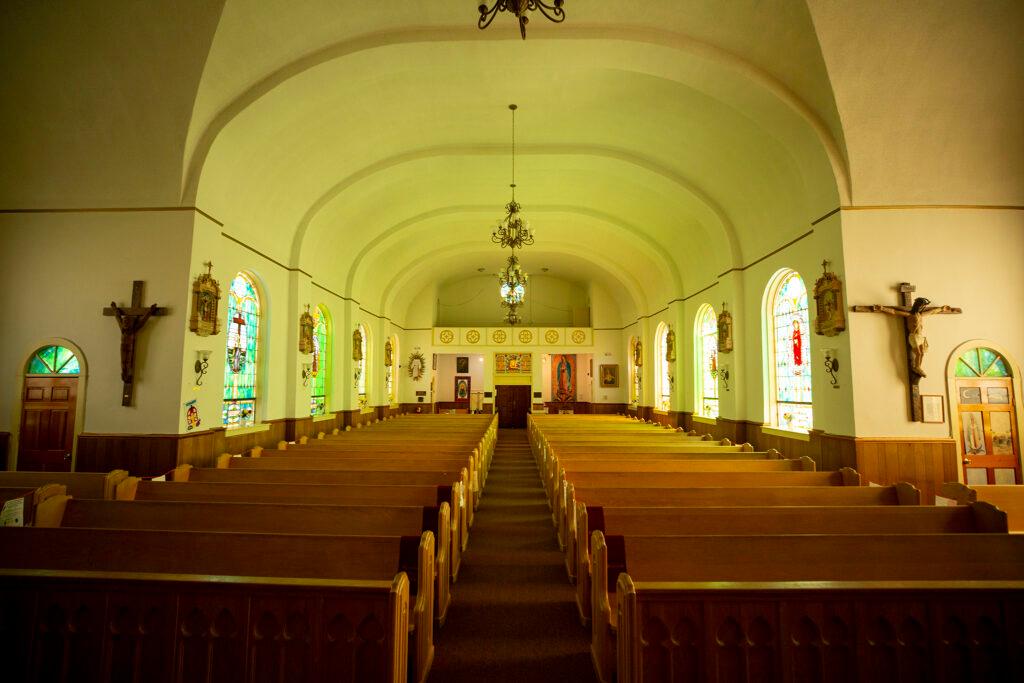
Our Lady of Guadalupe is the oldest parish in the state. When a parishioner left a bequest to encourage prayer and honor the region’s heritage, a committee of church members considered other religious destinations in the area, like the Stations of the Cross in San Luis, and the Santuario de Chimayo in New Mexico.
They liked the idea of a personal pilgrimage.
“And the labyrinth is exactly that. It's both an outward journey because you're walking a long distance in a small area, but it's also an inward spiritual journey as well,” Rael said.
A prayer labyrinth encourages slow, meditative movement through a circuitous design. It resembles a maze, but has only one path. A visitor may get lost in thought or prayer, but won’t get lost in the labyrinth.
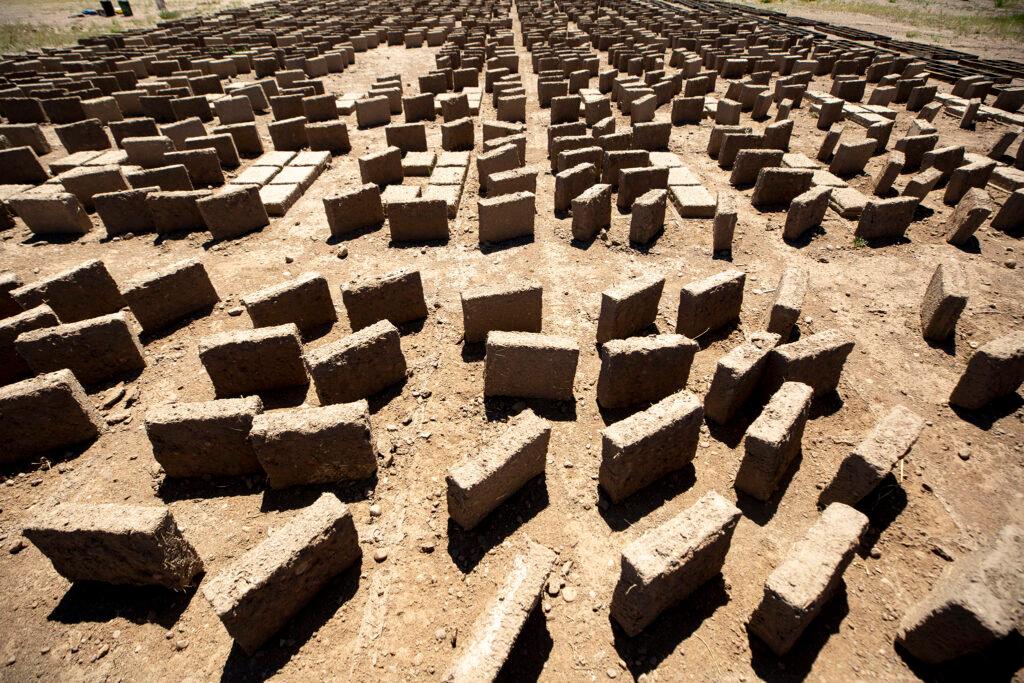
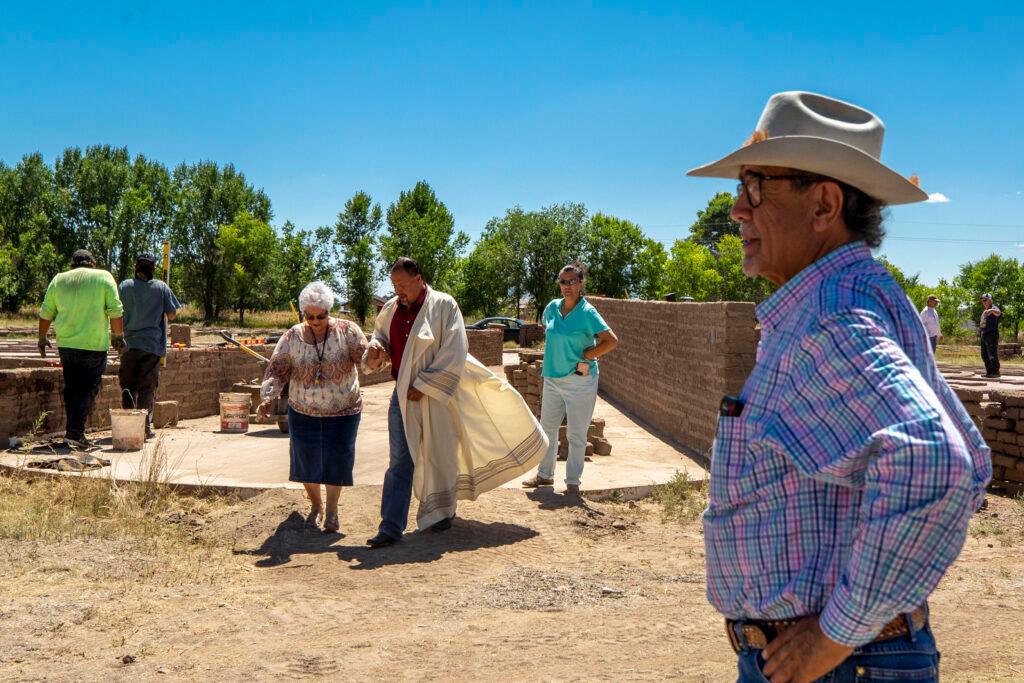
The labyrinth at Our Lady of Guadalupe will honor the traditional Catholic prayers known as the Rosary, which follows the lives of Mary and Jesus. The Rosary has special significance for many church members.
“Knowing the faith of my mother-in-law, she used to pray the Rosary and make the kids go every day to go and pray the Rosary,” said Alfonzo Abeyta, a member of the church board.
Early settlers turned to the prayers for strength and survival, he said.
Another goal of the labyrinth is to honor the heritage of the San Luis Valley. Early settlers built almost exclusively with adobe. Abeyta had this in mind when he took on the task of getting the labyrinth built.
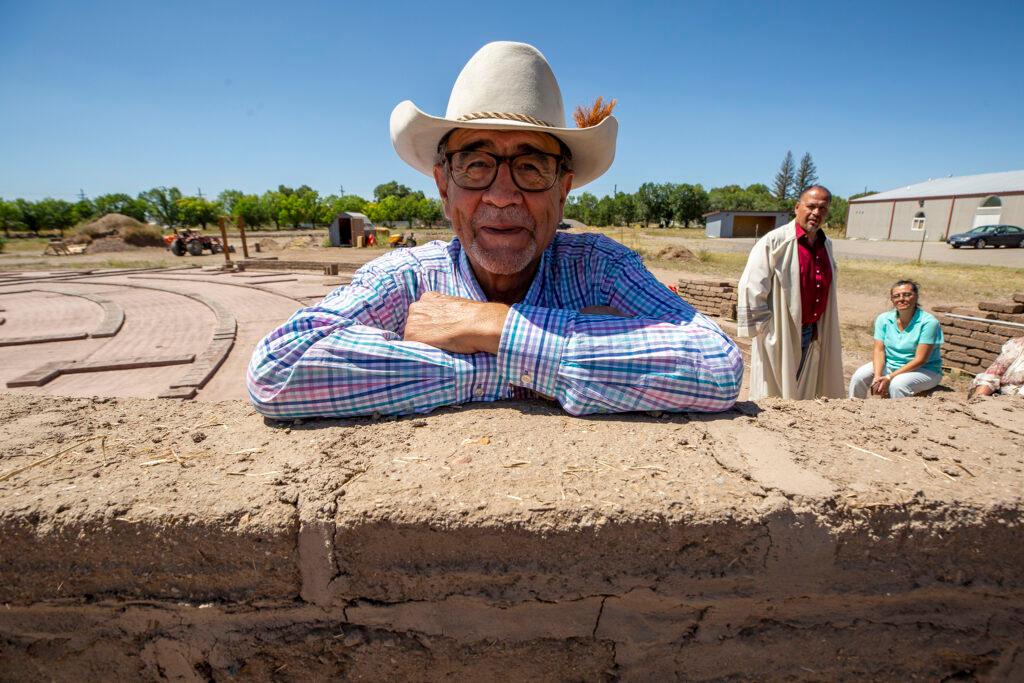
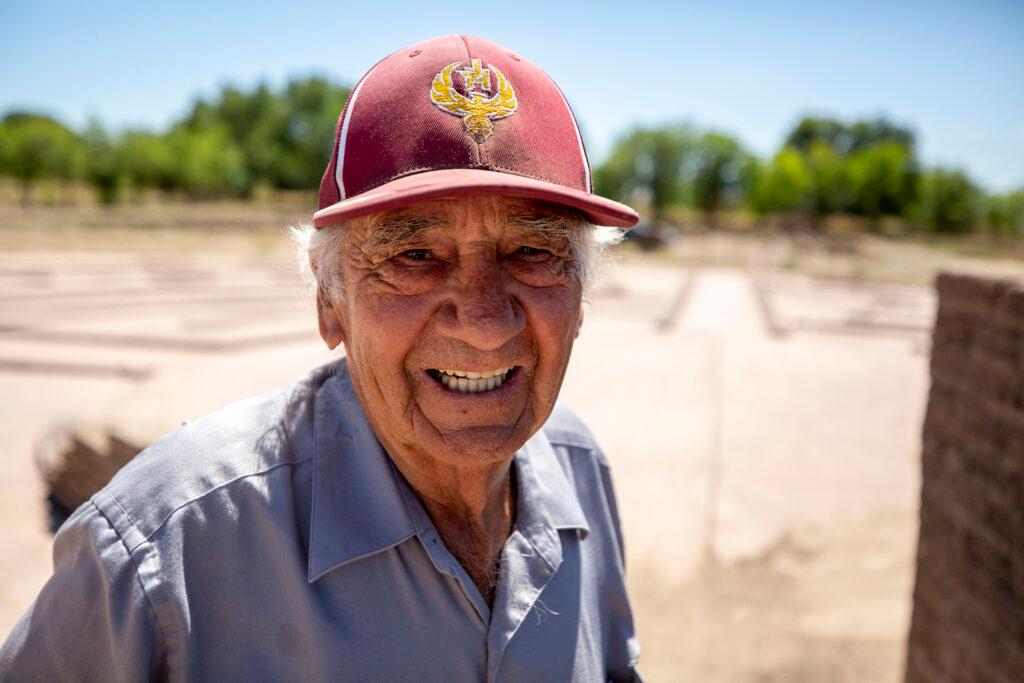
“Well, first of all, I had to learn a little bit about how to make adobes,” Abeyta said. “I've never made adobe in my life. So I asked questions of the old-timers that did make adobe.”
Abeyta learned to find a mix of 70 percent sand and 30 percent clay.
“At first, all my adobes were cracking. I didn't know why,” he said. “I had too much clay in it. So that was one of the things that I had to learn the hard way. “
Abeyta and his team now have close to 20,000 adobes finished, and he estimates they’ll need another 5,000 to complete the project. He hopes to complete the labyrinth walls by the first of November, and open it to the public in spring 2022.
